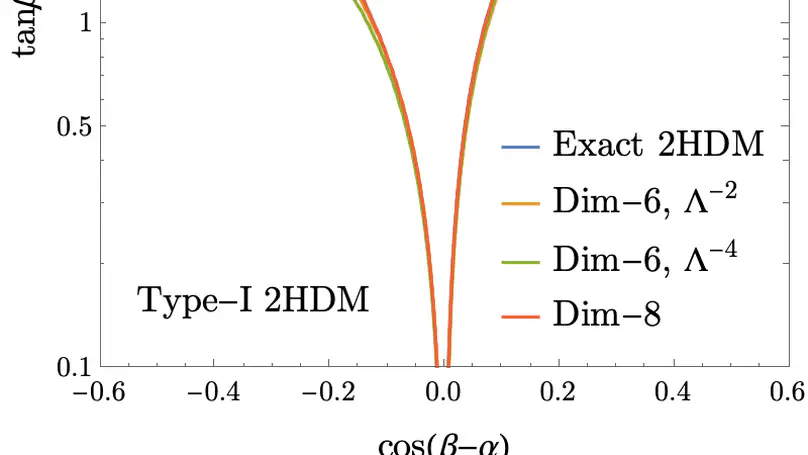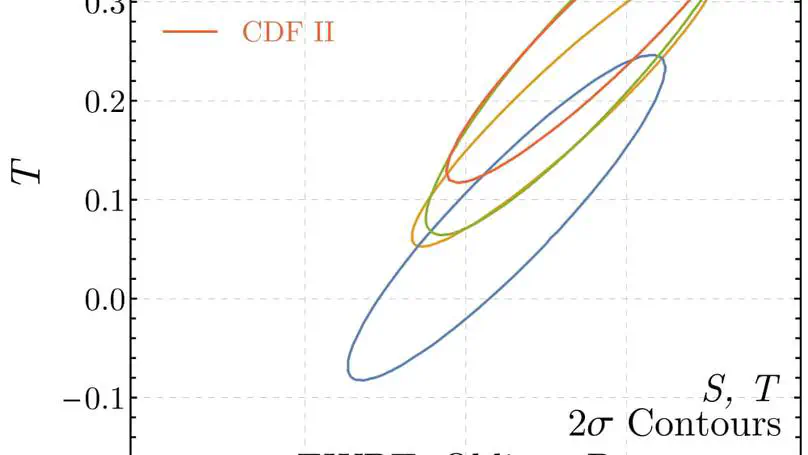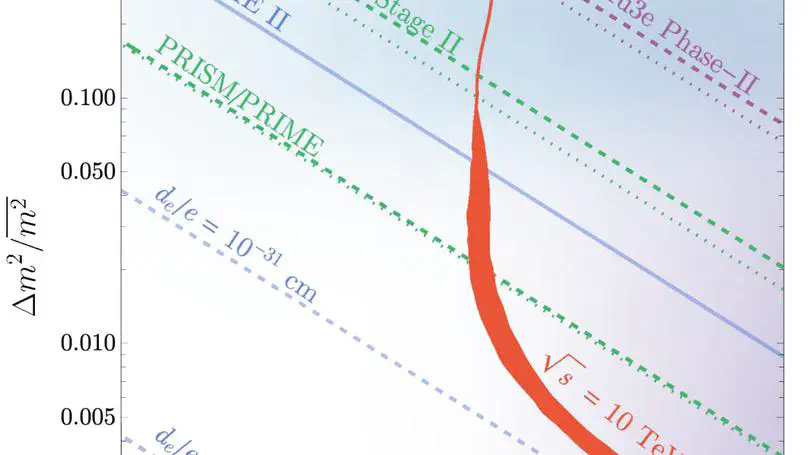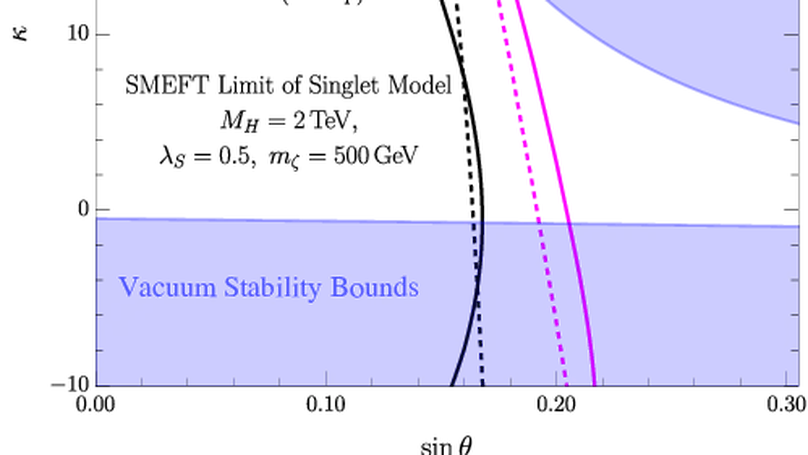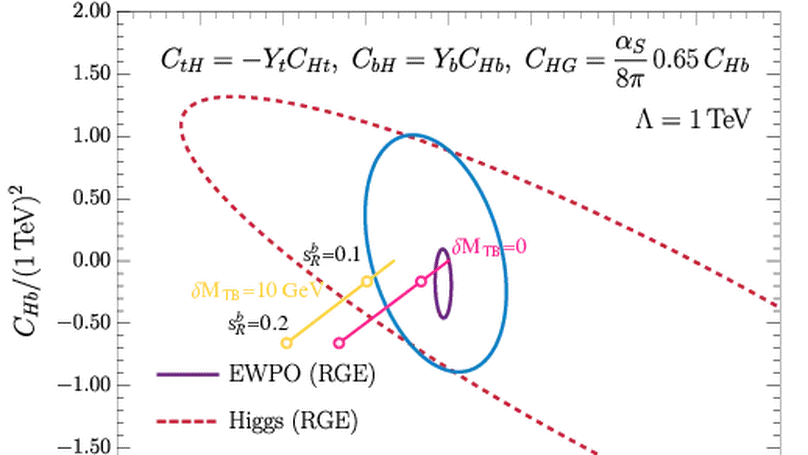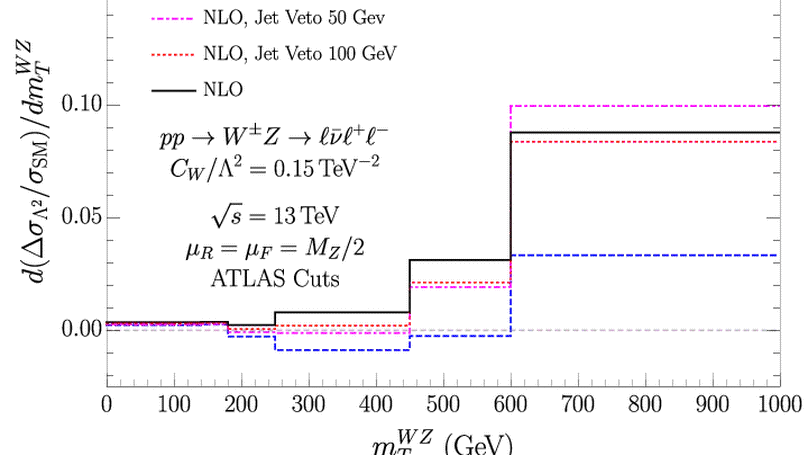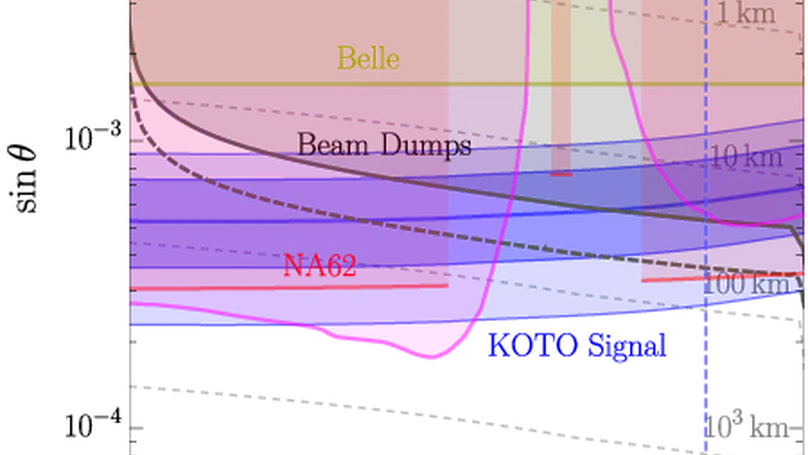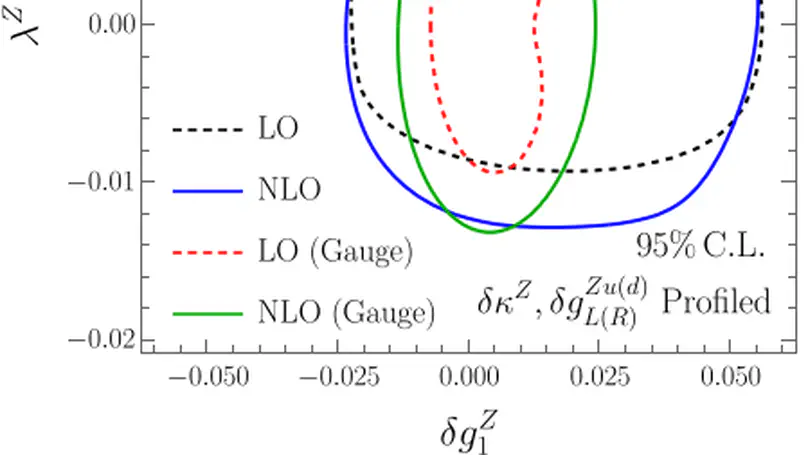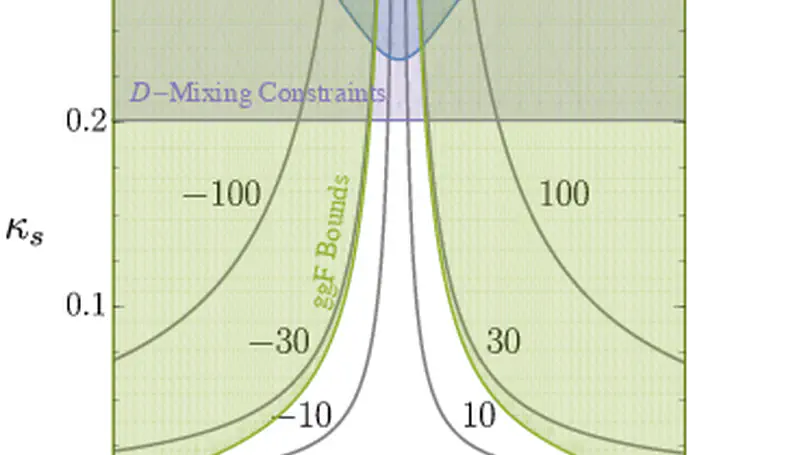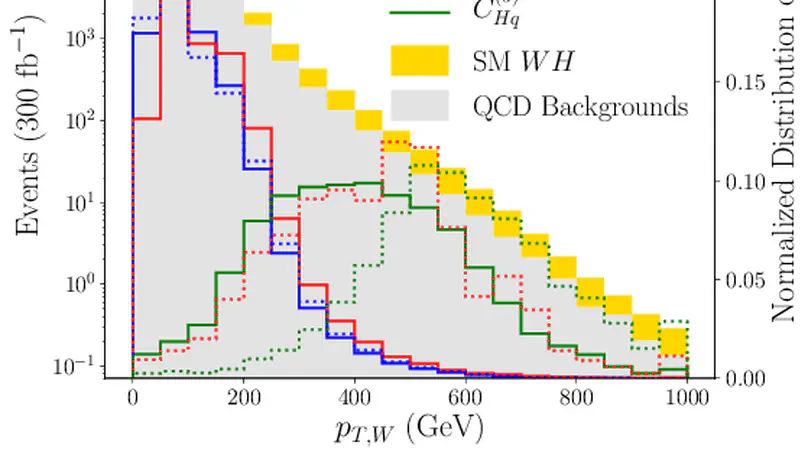Publications
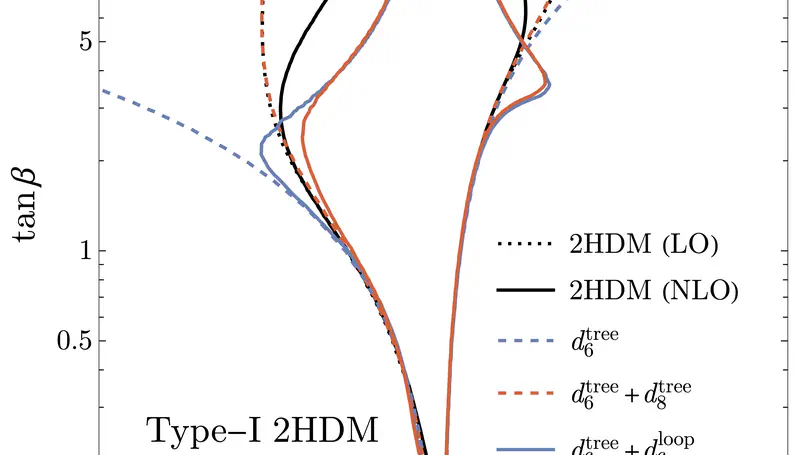
The Two-Higgs Doublet Model (2HDM) is a well understood alternative to the Standard Model of particle physics. If the new particles included in the 2HDM are at an energy scale much greater than the weak scale, the theory can be matched to the Standard Model Effective Field Theory (SMEFT). We compute for the first time the complete one-loop matching at dimension-6. We compare its numerical impact with that of tree-level matching at dimension-8 by performing a global fit to single Higgs and precision electroweak measurements, and we emphasize the importance of comparing one-loop SMEFT results with corresponding one-loop results in the full 2HDM model. In the SMEFT, we consider the relative importance of both one-loop matching and the inclusion of renormalization group evolution. Our results demonstrate the necessity of studying the impact of various expansions to quantify the uncertainties of the SMEFT matching.
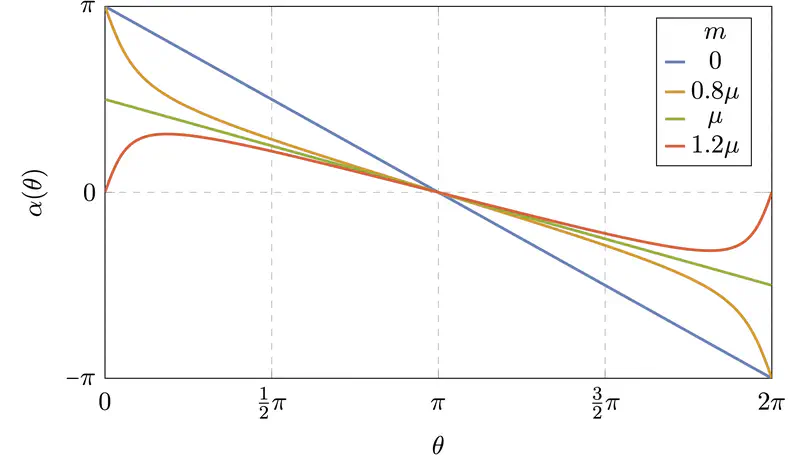
Massless chiral excitations can arise from the interactions between a fermion and an axion string, propagating along the string and allowing it to superconduct. The properties of these excitations, or zero modes, dictate how the string interacts with light and can thus have important phenomenological consequences. In this paper, we add a nowhere-vanishing Dirac mass for the fermion in the usual model of axion electrodynamics. We find that the zero modes exhibit an interesting phase structure in which they delocalize from the string’s core as the mass increases, up until a critical value past which they disappear. We study this structure from an analytic perspective, with explicit numerical solutions, and via anomaly inflow arguments. Finally, we derive the two-dimensional effective theory of the zero mode and its interactions with the four-dimensional gauge field and show how this effective theory breaks down as the zero modes delocalize.
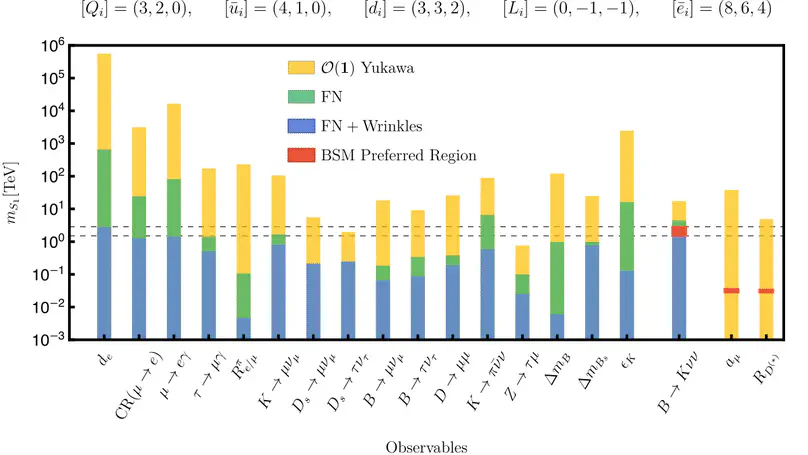
When the Froggatt-Nielsen mechanism is used to explain the Standard Model flavor hierarchy, new physics couplings are also determined by the horizontal symmetry. However, additional symmetries or dynamics in the UV can sometimes lead to a departure from this naïve scaling for the new physics couplings. We show that an effective way to keep track of these changes is by using the new spurions of the $\textrm{U}(3)^5$ global flavor symmetry, where we parameterize extra suppression or enhancement factors, referred to as wrinkles, using the same power counting parameter as in the original Froggatt-Nielsen model. As a concrete realization, we consider two flavor spurions of the S1 leptoquark, and demonstrate that wrinkles can be used to make an enhanced value of $\textrm{BR}(B^+\to K^+\nu\bar{\nu})$ consistent with other flavor observables. We also present example UV models that realize wrinkles, and comment on choosing consistent charges in ordinary Froggatt-Nielsen models without the typical monotonicity condition.
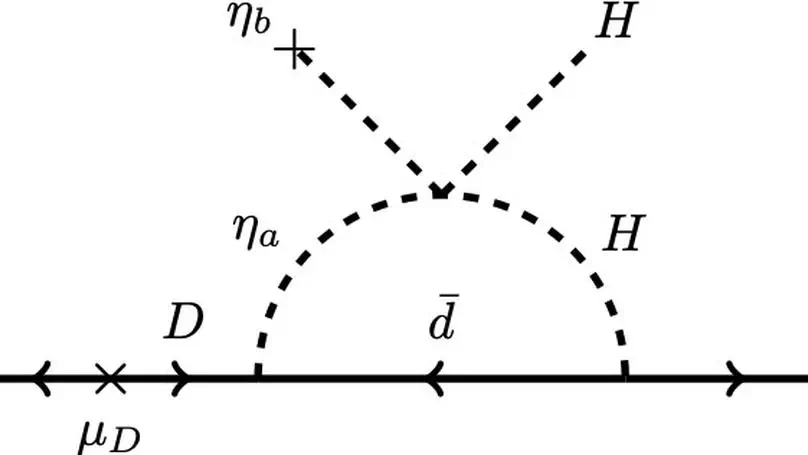
We discuss the phenomenological consequences of a gauged CP symmetry in the context of the Nelson–Barr solution to the strong CP problem. Exactly stable domain walls form when CP is spontaneously broken, and must be inflated away to recover a viable cosmology. We discuss the severe consequences for models of inflation and baryogenesis, and the tension with the “Nelson–Barr Quality Problem”, which sets an upper bound on the scale at which CP is broken. Finally, we present an explicit chiral model in which the bound on the CP-breaking scale is ameliorated.
